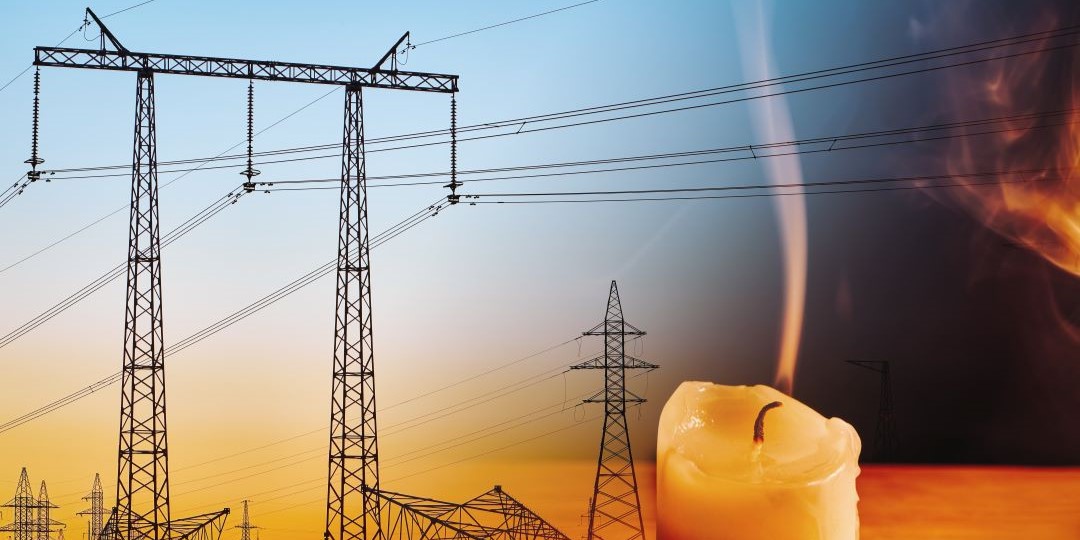Outage Planning: Are You Sure You’re Ready to Execute?
by Brian Beatty – Director, Engineering Services, NAES Corporation
Spring is rapidly approaching, and so is your plant outage. This is your one opportunity in the year to do the maintenance that will ensure high reliability and prevent costly in-service failures. Typically, this three-to-four week event will consume 50 percent of your plant’s annual maintenance budget and increase your normal site workforce by three to five times. For every day you run over your scheduled return to service, it will cost you $50,000 to $100,000 in lost energy sales. Suffice it to say, the stakes are high – inadequate preparation is not recommended.
But you don’t have to lose sleep over a looming outage. If you’ve conducted a disciplined and systematic planning process, you can approach the start date with confidence. To ensure that you’ve met the mark with a well prepared, risk-controlled outage execution plan, it’s a good idea to hold an outage readiness review (ORR) meeting at T minus two weeks with your owners, VPs, asset managers and other key stakeholders.
An ORR is where the rubber meets the road – a challenge session where you demonstrate preparedness to all who have a serious interest. It also provides you with a range of perspectives from participants who can point up gaps in your plan, impart wisdom and offer lessons learned from previous outages. If you approach this meeting with an open mind and a willingness to learn, the insights you gain will only make a good outage plan better.
The preceding weeks have been occupied with a multitude of planning activities. If you’re really on your game, you’ve made good use of a pre-outage milestone plan, a set of checklists, a cost-tracking tool and a risk mitigation matrix. Your outage team of plant employees and contractors have been doing their own prep work and are ready to execute. You’ve developed an org chart showing key leaders, their e-mail addresses and cell numbers and displayed it prominently in the right locations.
You’ve prepared a level III Gantt chart schedule that shows pre-outage and outage tasks, task dependencies, critical path tasks and the individual responsible for oversight and completion of each task. This critical, living document will serve as your guiding instrument as the work progresses. Your plant outage team has had LO/TO refresher training. Clearance permits have been developed and are ready to execute. Confined spaces have been identified, hazardous gas monitors calibrated, and entry processes understood. You’ve confirmed that all required parts have been received, readied supplies of consumables and defined equipment laydown areas. That’s just a partial list, and getting to this point has likely required hundreds of hours of planning and preparation.
With your plans and preparations completed and your outage team ready, it’s time to execute. In the initial flurry of activity, your staff are highly focused on their assignments. They’re prepping systems for maintenance, getting the contractors mobilized, and opening the boiler, HRSG and steam drum doors. It’s at these times that they’re most prone to injury. Your best preemptive strike is to call an all-hands safety kickoff meeting before anyone starts work.
Make this meeting mandatory for all – contractors included – as this is your best chance to grab everyone’s attention. Be clear about your PPE expectations and remind them of the two-strike rule: first infraction, they’re issued a warning; second infraction, they’re asked to leave. Discuss potential hazards and get input from them on how they intend to prevent injury. Follow this up with a daily outage meeting where participants discuss safety and observations – and remind them to look out for their teammates. If they see an unsafe behavior, it’s critical that they say something – but in a way that shows they care.
Once equipment has been opened, a discovery checklist helps ensure a thorough inspection with proper attention given to previously identified issues. Often there will be discovery after an inspection is completed, so make sure your risk mitigation matrix includes a section on countermeasures for handling discovery. It’s best to communicate any additional corrective maintenance to your stakeholders – including impacts to outage cost and schedule – using the ‘extra work’ authorization process.
This brief discussion has covered some of the tools and processes regarded as industry best practices for outage planning and execution. It’s no surprise that the amount of effort your team puts into outage planning is a lead indicator of its outcome. In my experience, there is no better measure of continuous improvement than planning and executing outages. No two are ever quite the same, but using standardized, time-tested processes for planning and execution ensures a successful outcome.











